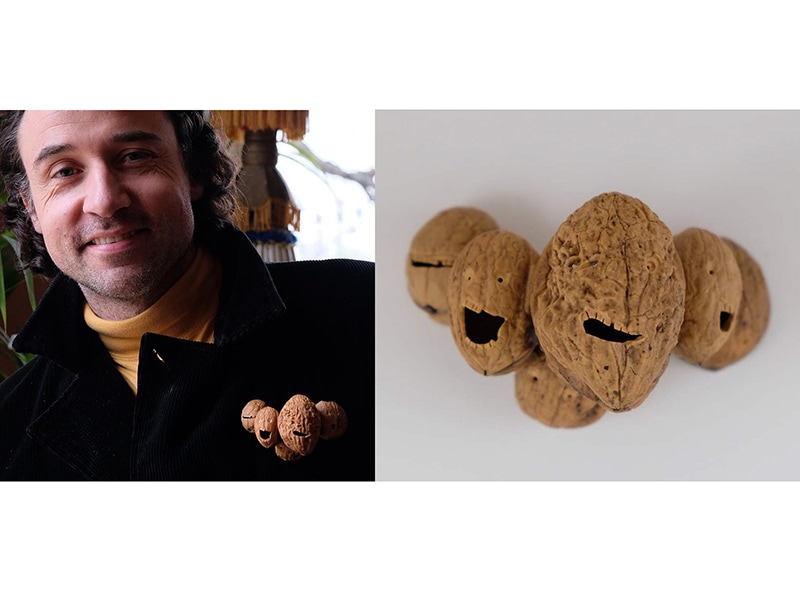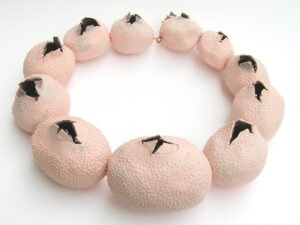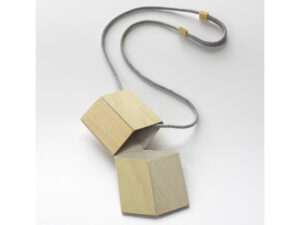Namita Gupta Wiggers published this short essay in the book Contemporary Jewelry in Perspective, by Damian Skinner.▲
Jewelry has long served as primary evidence of wealth and status throughout global cultures. From a dowry delivered by a father to secure his daughter’s future to polite Victorian-era references to male genitalia as the “family jewels,” connections between jewelry and inheritance are gendered and familial. Each successive generation bears the responsibility of stewardship, as proclaimed in recent ads by a luxury watch company: “You never actually own a Patek Philippe. You merely take care of it for the next generation.”
Contemporary jewelry challenges long-held traditions of intergenerational transfers of wealth through jewelry. Contemporary jewelry isn’t necessarily created with traditional luxury materials and collecting such work can be highly subjective. “Investment” in such works is contingent on the artist’s status and reputation, which is developed and maintained through specialized galleries and art fairs, modeled after contemporary art markets. The value of private collections, therefore, isn’t necessarily apparent from generation to generation. If the next generation doesn’t appreciate the work for its aesthetic qualities and can’t justify caring for it for sentimental reasons, where will it go?
As a relatively young form of jewelry—and of visual production—there is no secondary market for contemporary jewelry, as there is for contemporary art, decorative arts, or even mid-century design. This leaves current jewelry collections at risk of being lost as collections scatter between generations.







